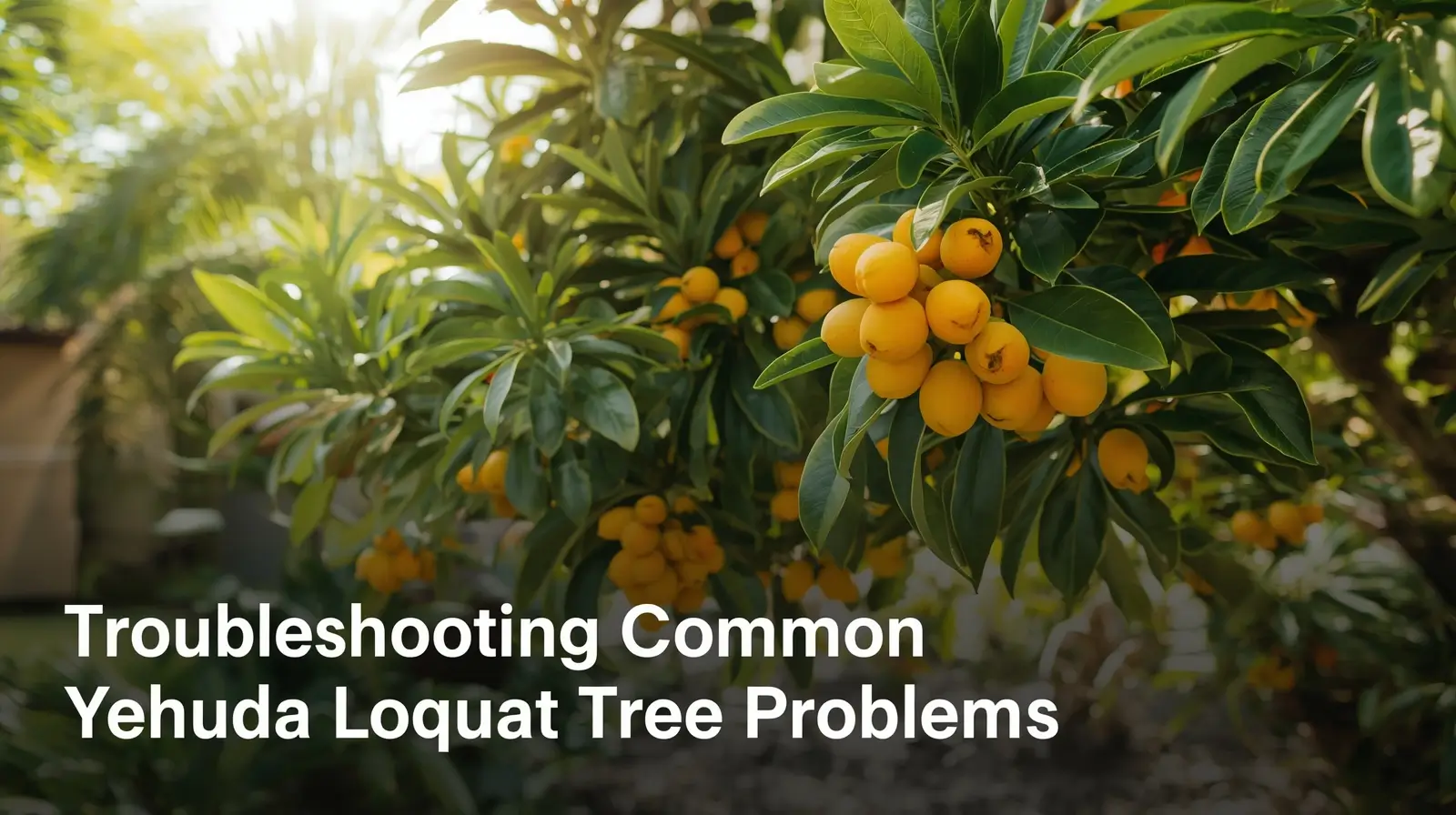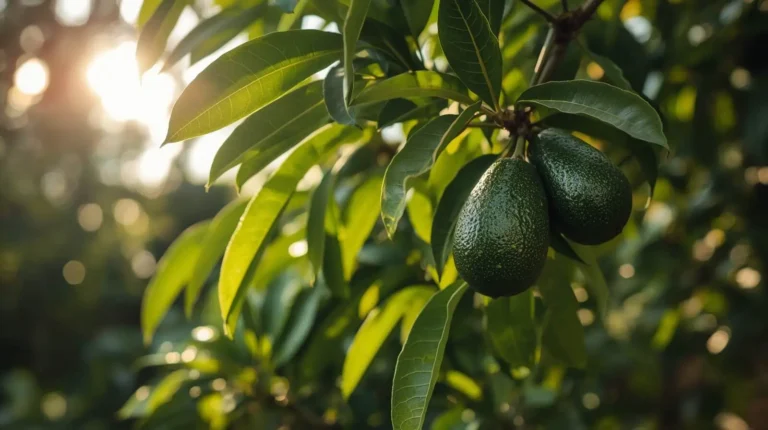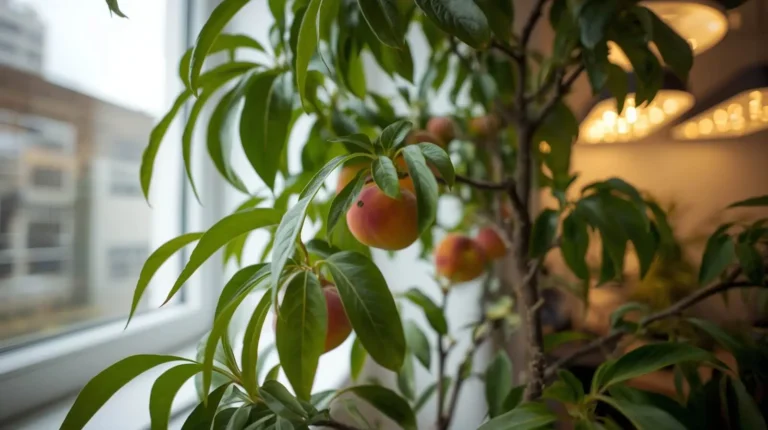Nurturing a Thriving Yehuda Loquat Tree in Your Garden
From my own experience, growing a Yehuda loquat tree feels like nurturing a living piece of art. Its lush foliage and delectable fruit make it a standout in outdoor spaces, attracting both beauty and flavor to any garden. Many aspiring gardeners often face challenges in meeting the growth requirements, yet by understanding the right maintenance practices, you can cultivate a flourishing addition to your yard. Each step matters — from observing optimal conditions to addressing issues such as soil health and watering balance. The most rewarding part is learning strategies employed by experienced growers to successfully navigate complexities that come with this Yehuda loquat variety. With patience and consistency, the tree becomes a thriving centerpiece that reflects dedication and care.
If you enjoy exploring other tropical fruit varieties, check out our detailed guide on How to Grow Jackfruit Tree to discover more tips on soil preparation and tropical planting success.
1. Understand the Growing Requirements for Yehuda Loquat Trees
How to Create the Perfect Environment for Yehuda Loquat Trees
From my gardening experience, I’ve found that Yehuda loquat trees truly thrive when given full sun and the right soil conditions. These plants prefer well-drained soil that is somewhat acidic to neutral, with a pH between 5.5 and 7.5. It’s crucial to avoid heavy clay or overly saturated soils, as these conditions can lead to root rot and poor growth. Maintaining good water drainage is essential for the health of your tree, and ensuring it receives adequate light will further encourage optimal growth. I’ve noticed that understanding specific requirements early on makes a big difference, especially when selecting the right planting site for long-term success.
These resilient plants are suitable for USDA zones 8 to 11, where subtropical, mild, and temperate climates offer the best environment. They typically depend on local rainfall amounts ranging from 20 to 45 inches annually, which helps support robust development. Horticulturists often note that these fruit trees are popular options among homeowners seeking rewarding and distinctive additions to their yard. By carefully considering factors like soil quality, light exposure, and moisture balance, you can facilitate strong, healthy growth and enjoy the beauty of a thriving Yehuda loquat tree for years to come.
For more region-specific insights on loquat cultivation, refer to the University of Florida – Loquat Growing in the Home Landscape, which offers detailed guidance on pruning, fertilization, and fruiting cycles.
2. Plant the Yehuda Loquat Tree Correctly
Smart Steps to Ensure a Healthy Start
- To successfully plant a Yehuda Loquat tree, the first and most essential step is to choose the right location. Make sure your site receives full sun exposure and has well-drained soil. It’s crucial to avoid areas prone to stagnant water, as this can hinder growth and damage the roots early on.
- When you prepare the soil, dig a hole three times the diameter of the root ball and make it equal in depth. Loosening the bottom of the hole is vital for promoting healthy development, allowing roots to expand freely into the surrounding ground.
- Carefully position the tree, keeping the top level with the surrounding soil. Refill the hole with loose soil, gently compressing it to eliminate air pockets that could impede establishment. This balance helps the roots settle around the soil more naturally.
- Water thoroughly after planting to provide initial hydration, which is critical for future growth. I’ve found that a steady soak right after planting helps the soil settle around the roots firmly, leading to better stability and moisture retention.
- Finally, apply a layer of mulch around the base to retain moisture, suppress weed growth, and prevent rot by keeping a few inches away from the trunk. As gardening experts remind us, the best moment to plant a sapling was years ago, but the second best moment is now—so take timely action and start nurturing your garden today.
3. Maintain and Care for Your Yehuda Loquat Tree
Proven Ways to Keep Your Yehuda Loquat Tree Thriving
To ensure your Yehuda Loquat tree truly thrives, it’s essential to adhere to proper maintenance practices that keep it strong, productive, and healthy. From watering habits to fertilization, pruning, and pest control, every step plays a role in the tree’s vital growth and fruit production. Through years of personal gardening experience, I’ve learned that balanced care, consistent effort, and close observation make all the difference in maintaining the vibrancy of your garden and the flourishing health of your tree.
- Watering: During dry spells, newly planted saplings should receive water every 2–3 days for the initial few weeks. Later, reduce frequency to once a week, allowing soil to dry slightly between waterings. This practice promotes healthy root development and helps the tree adjust to its environment.
- Fertilization: In early spring, apply a balanced fertilizer specifically formulated for fruit trees. It’s important to follow manufacturer’s guidelines and application rates to avoid over-fertilization, which could negatively affect health and hinder growth instead of enhancing production.
- Pruning: Conduct annual pruning in late winter to eliminate dead or crossing branches and shape the plant effectively. This enhances air circulation and light penetration, both of which are vital for optimal vitality and continuous fruit production.
- Pest Control: Regularly examine for common pests such as aphids, scale insects, and others. Utilize insecticidal soap or neem oil when necessary to preserve health and protect against infestations. Monitoring and managing pests ensures a flourishing, delicious, and healthy tree that enriches your garden year after year.
4. Troubleshoot Common Issues in Growing Yehuda Loquat Trees
Effective Ways to Solve Problems in Yehuda Loquat Tree Growth
- One of the most common issues gardeners encounter with the Yehuda Loquat tree is losing leaves due to improper watering practices. Overwatering can lead to root rot, while underwatering causes stress and weakens the plant. I’ve learned to frequently monitor ground moisture and modify the watering timetable to maintain steady levels. It’s also wise to consider soil testing through the UMaine Analytical Lab in spring, since changes in pH or nutrition can cause defoliation and affect the plant’s health.
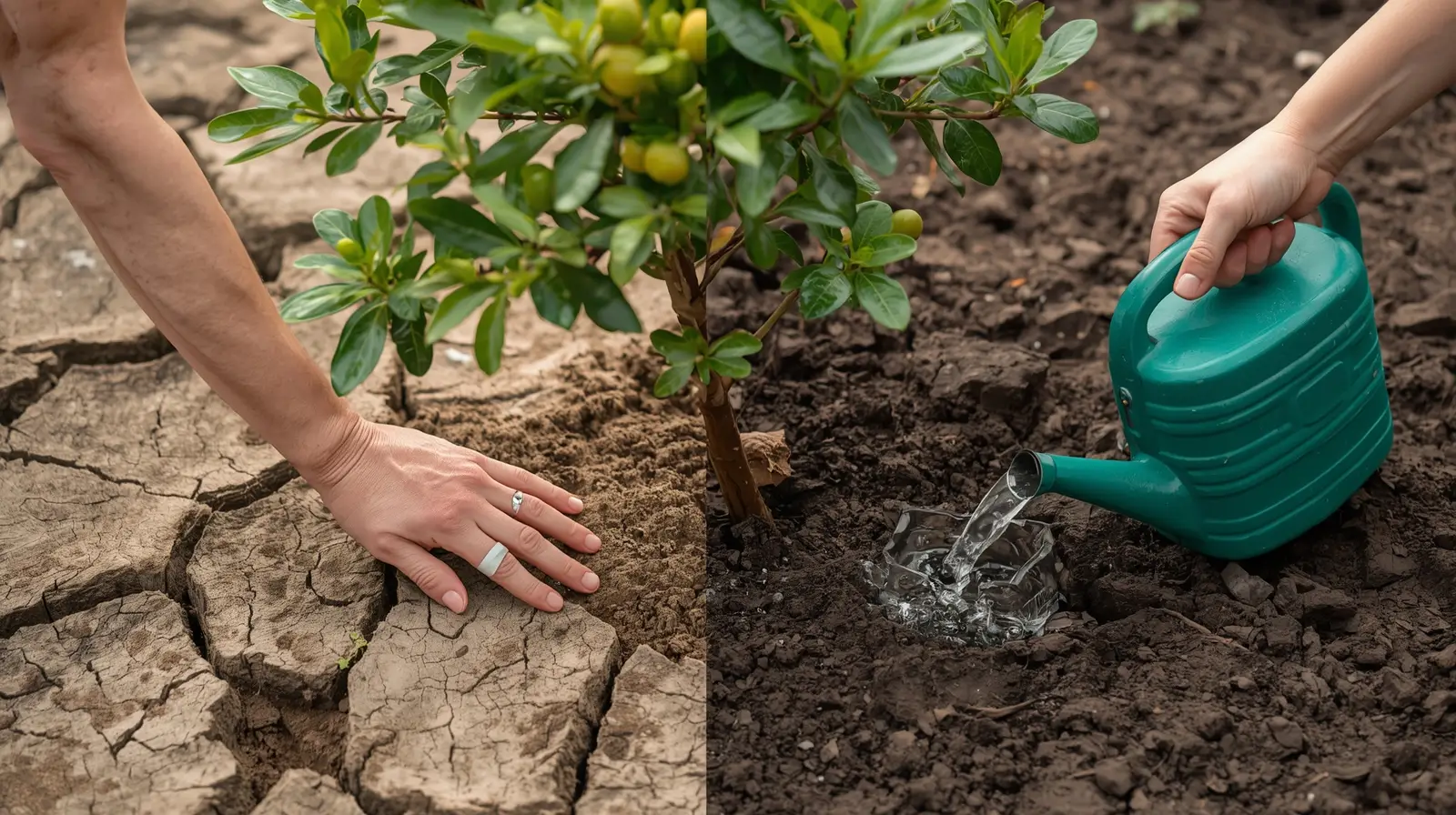
- Pest infestations are another serious concern. Watch out for pests like aphids, spider mites, or other insects that can significantly affect the plant’s health. Early detection is crucial, so treat promptly using organic pesticides or insecticidal soap to minimize damage and promote recovery. Interestingly, even homeowners have reported rodents in garages, which may indirectly impact garden conditions, so staying alert helps protect your space.
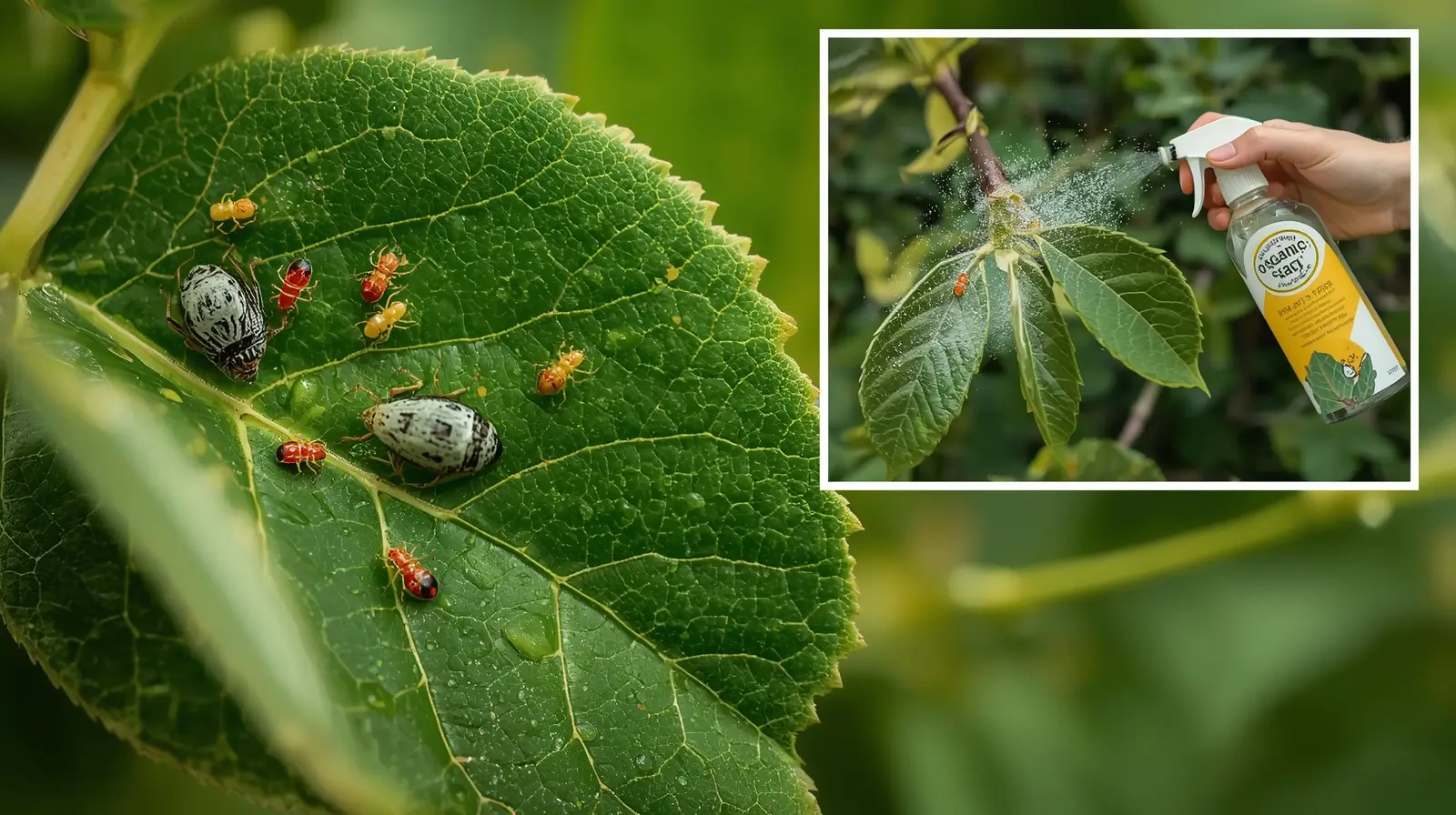
- If your Yehuda Loquat tree isn’t yielding fruit, it might not be receiving adequate sunlight or nutrients. Make sure it’s planted in a full-sun location and enriching the soil with fertilizers regularly. Planting another nearby variety can enhance cross-pollination, improving fruit set and ensuring better production overall. A friend once shared that adding a second planting variety helped double their seasonal yield.
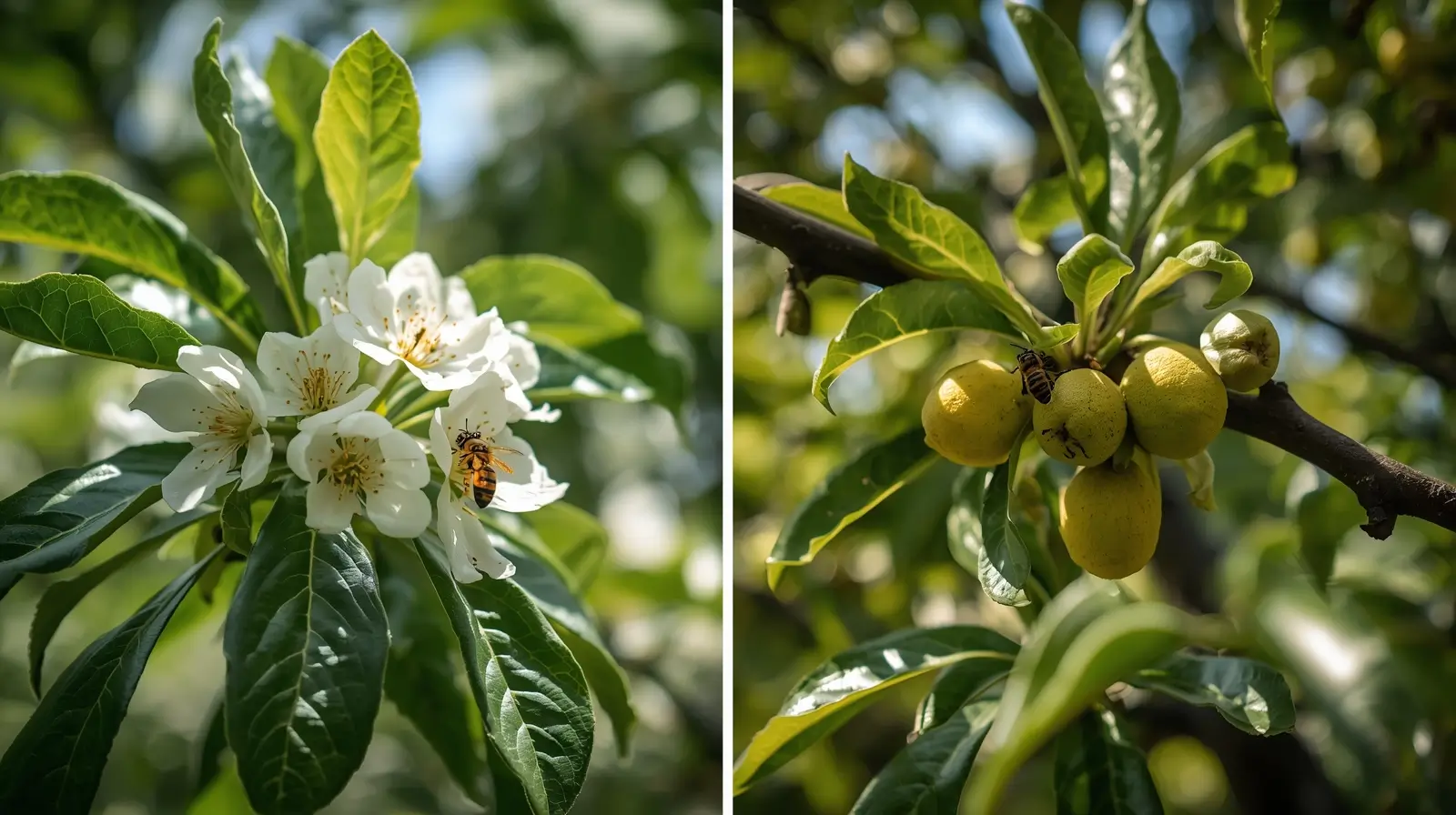
- Fungal diseases are also frequent problems that manifest as leaf spots or wilting. To tackle these problems, focus on trimming excess foliage and refrain from overhead watering, which can create a moist atmosphere favorable to fungal growth. As Jonathan Foster highlights, sanitation methods like appropriate pruning, quickly clearing debris, and keeping the area clean help in controlling fungal infections. When necessary, apply fungicide specifically labeled for fruit trees to manage severe cases and preserve your garden’s growth and vitality.
Much like lychee trees, Yehuda loquats appreciate similar humidity and sunlight levels. You can also learn helpful watering and climate strategies in our article 7 Secrets to Growing a Lychee Tree in Your Zone
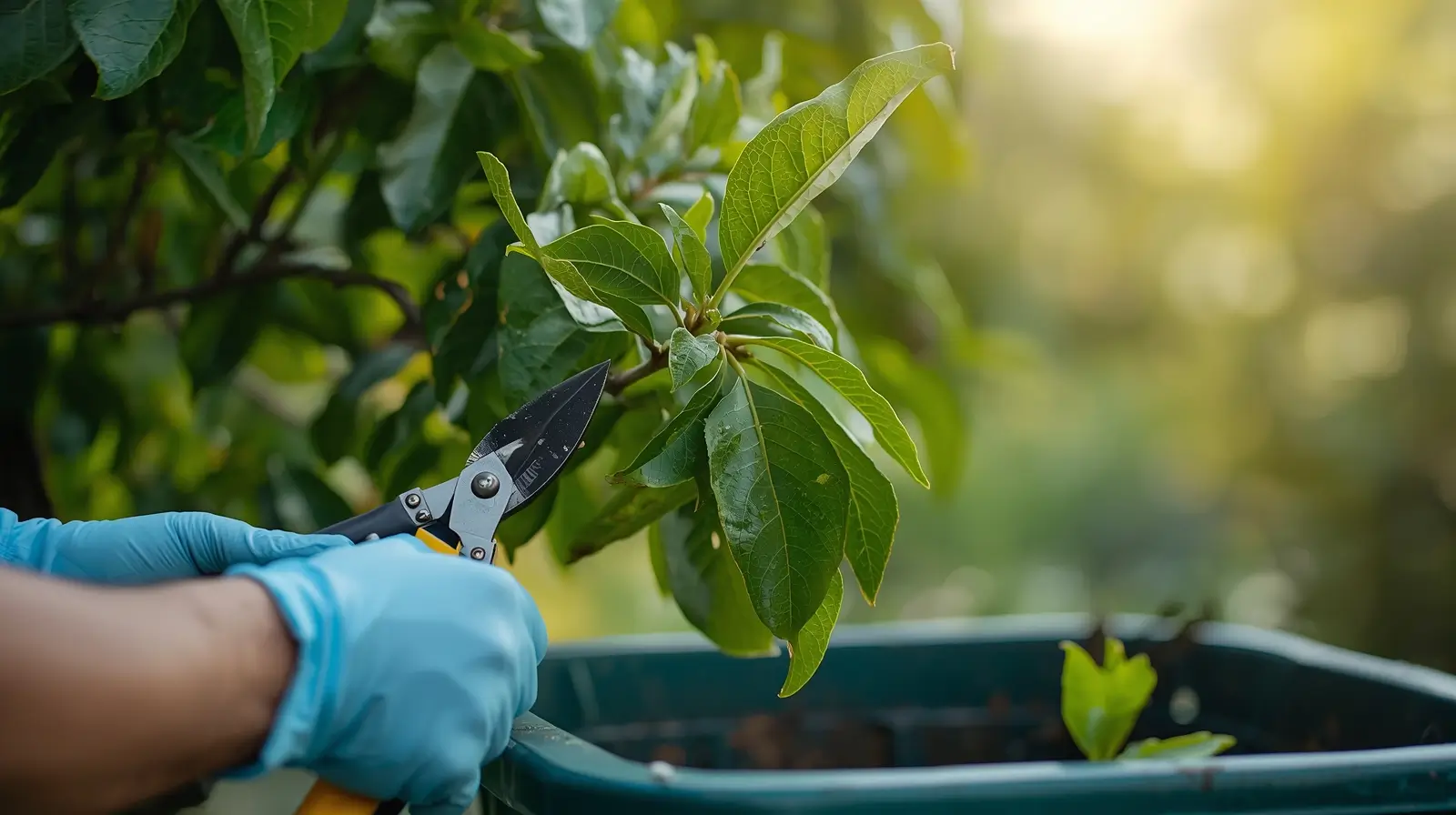
Read Also:
- Gardening & Plant Care Guide for Thriving Plants
- Tropical Fruit Trees: Grow Exotic Paradise at Home (Guide)
Conclusion
Caring for a Yehuda Loquat tree takes patience, attention, and consistency, but the rewards are truly worth it. By understanding how to troubleshoot common issues, such as watering problems, pest infestations, and fungal diseases, you can keep your tree thriving year after year. Regular monitoring, pruning, and balanced nutrition help maintain strong roots and ensure abundant fruit production. With proper maintenance practices, even small adjustments — like testing soil, improving cross-pollination, and applying organic treatments — can make a lasting difference. A healthy Yehuda Loquat not only enhances your garden’s beauty but also fills it with life and delicious fruit for seasons to come.
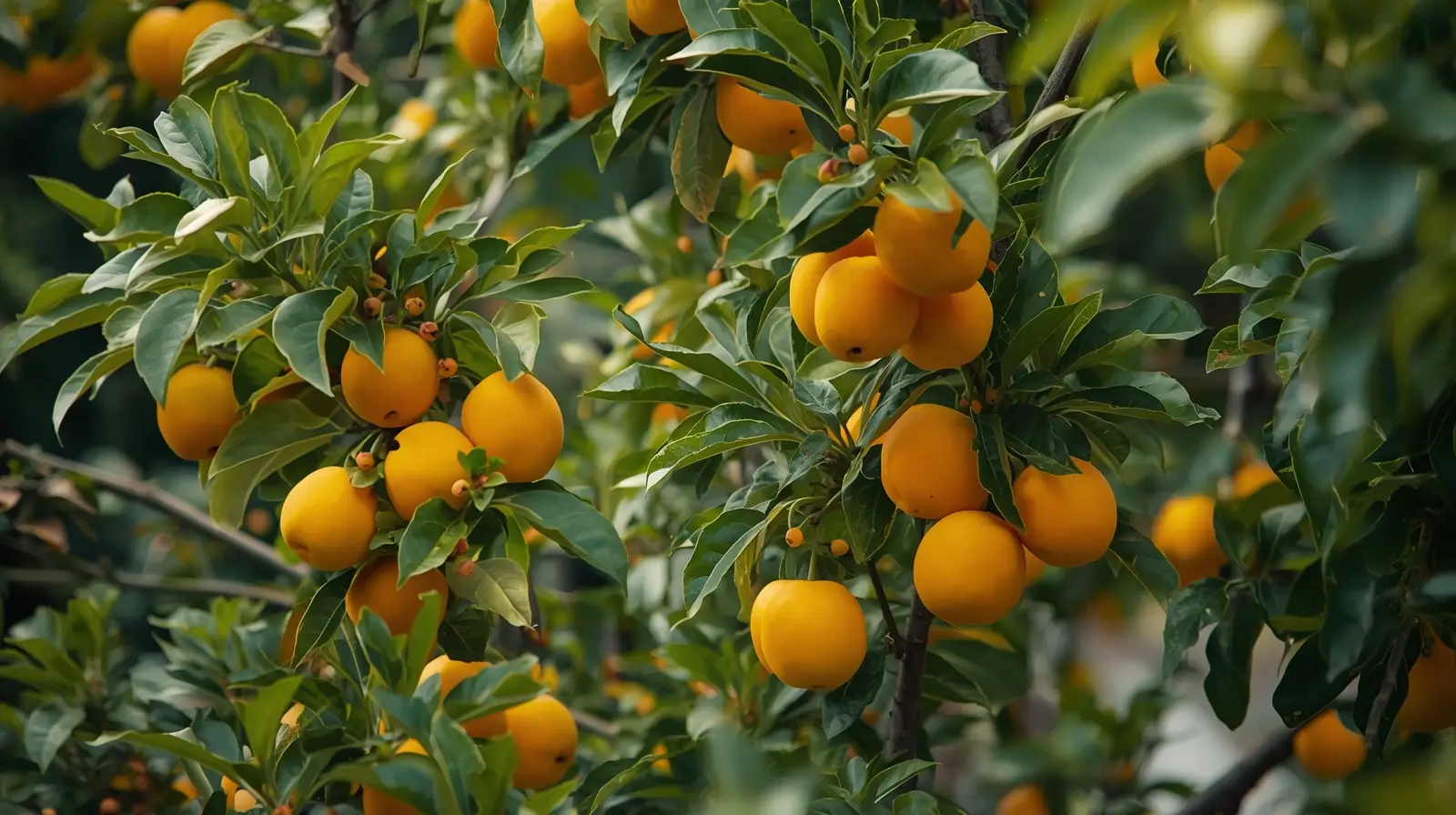
FAQs
- Why is my Yehuda Loquat tree losing leaves?
This often happens due to overwatering or underwatering. Check the soil moisture levels and adjust your watering practices. Consistent, moderate watering helps maintain healthy foliage and prevents root rot. - How often should I fertilize my Yehuda Loquat tree?
Use a balanced fertilizer formulated for fruit trees in early spring and again in late summer. Follow the manufacturer’s application rates to avoid over-fertilization, which may hinder growth. - What can I do if my Yehuda Loquat tree isn’t producing fruit?
Make sure your tree receives full sunlight and adequate nutrients. Planting another nearby variety can help with cross-pollination, which often improves fruit set and yield. - How do I prevent fungal diseases on my tree?
Avoid overhead watering and trim excess foliage to improve airflow. Regular sanitation methods, such as clearing debris and pruning, help reduce moisture buildup and prevent fungal growth.

